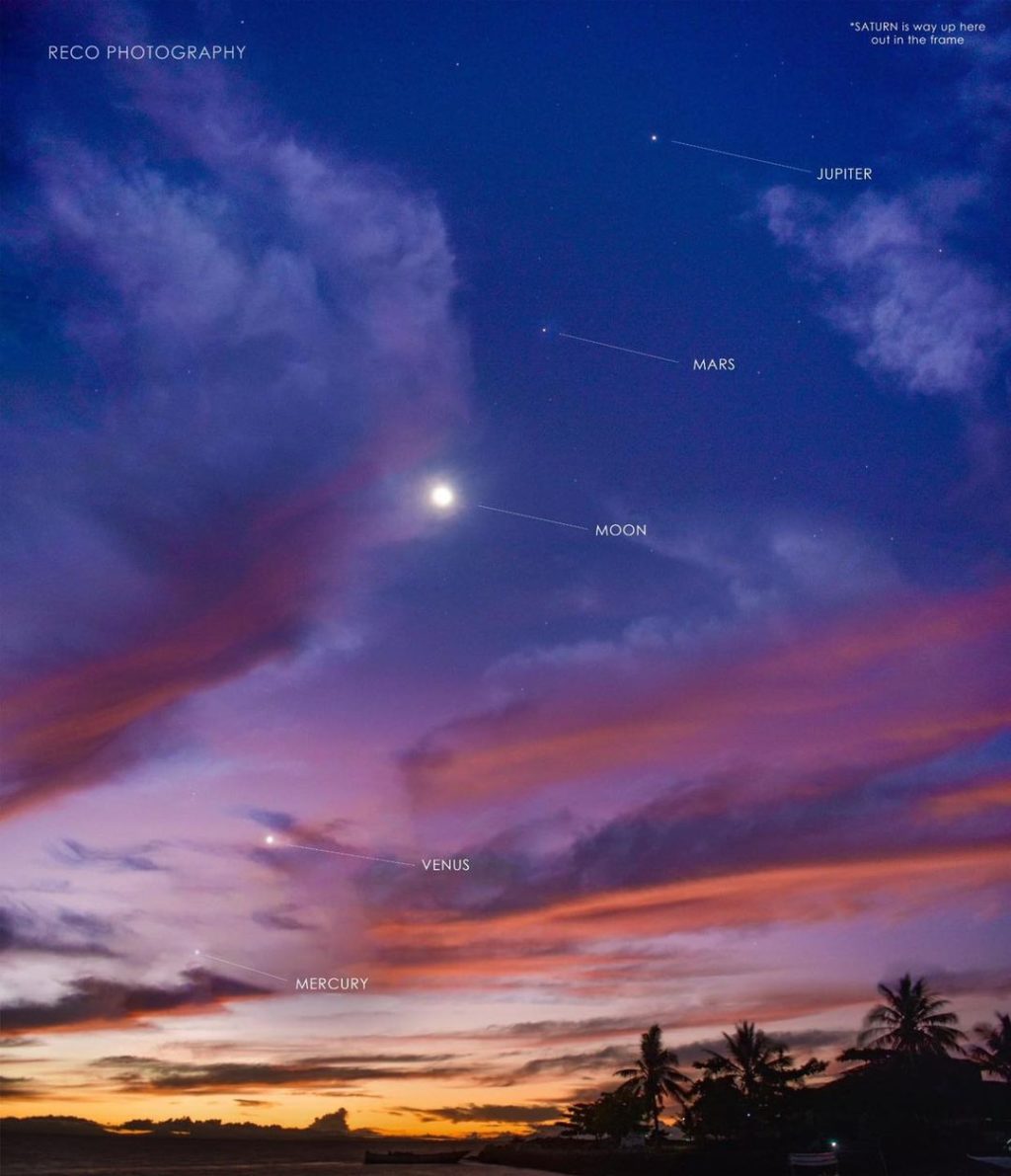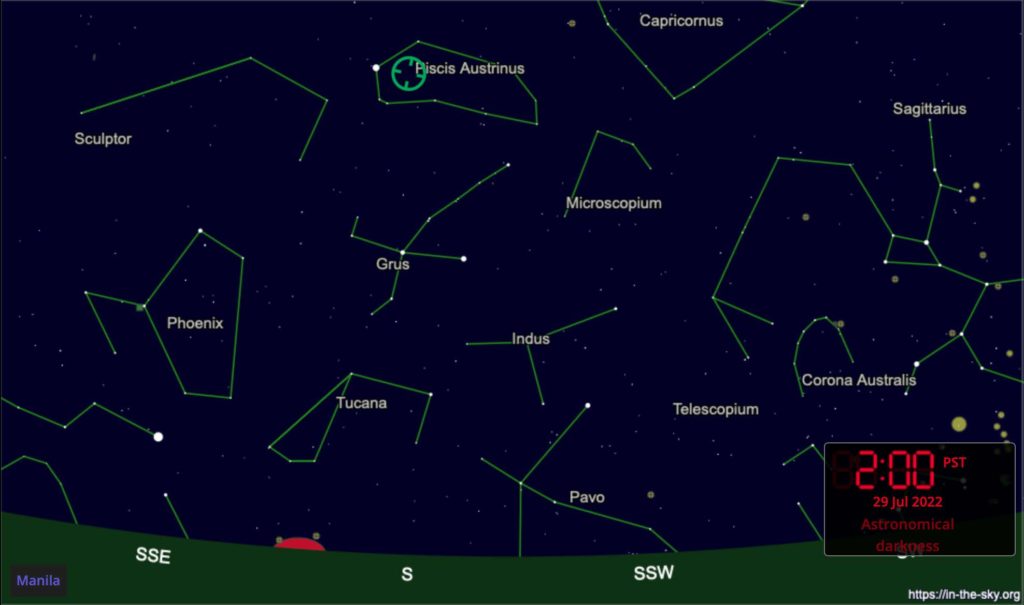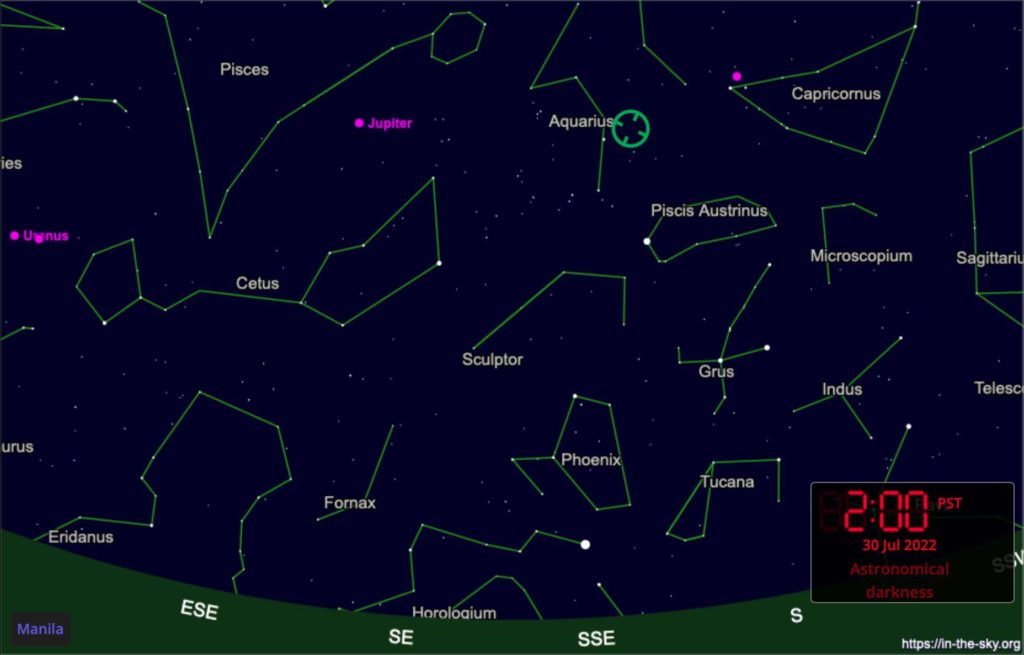PAGASA: Venus, Mars, Jupiter, and Saturn will remain morning planets in July

The alignment of the five planets Mercury, Venus, Mars, Jupiter and Saturn as seen in Daanbantayan, Cebu, was captured by photographer John Reco Estrera. | Photo courtesy of John Reco Estrera
CEBU, Philippines — Did you know that four planets will be visible this month?
The Philippine Atmospheric, Geophysical and Astronomical Services Administration (PAGASA) said on its website that Venus, Mars, Jupiter, and Saturn would remain as morning planets for the rest of the month.
To recall, planets Mercury, Venus, Mars, Jupiter, and Saturn aligned in the twilight sky last June.
According to space.com, this July, Mercury will drop “into the sun’s glare and transitions into the evening sky at midmonth”. It will leave the four planets to stretch out of the sky.
PAGASA said that July would also be the best time to observe the northern constellations, such as Corona Borealis, Draco, Hercules, and Serpens, and southern constellations, Ophiuchus and Scorpius.
These July constellations will be visible all night, weather permitting, around 9 p.m.
Aside from the constellations, a supermoon called “Buck Moon” is expected to rise this July 14.
Meteor showers will also occur this month.
“The Piscis Austrinids is a meteor shower active from 15 July to 10 August, with peak activity occurring around 29 July.”

PAGASA: The view of the southern sky during the peak of Piscis Austrinids on 29 June 2022 at 2:00 AM when the shower’s radiant, represented by the green solid circle, is highest in the sky.
“Both Southern 𝛿-Aquariids and α-Capricornids are meteor showers active from July 12 to August 23 and from July 3 to August 15, respectively. Both meteor showers will have their peak activity on July 30,” PAGASA said.

PAGASA: The view of the south southeastern sky during the peak of Southern 𝛿-Aquariids on July 30, 2022 at 2:00 a.m. when the shower’s radiance, represented by the green solid circle, is highest in the sky.
So stargazers, ready the binoculars or telescopes for this July’s astronomical events!
RELATED STORIES
Rare alignment of 5 planets to grace pre-dawn sky in June
LOOK: Parade of four planets or syzygy of Jupiter, Venus, Mars, Saturn
Baguio offers view of rare planetary alignment
/dbs
Disclaimer: The comments uploaded on this site do not necessarily represent or reflect the views of management and owner of Cebudailynews. We reserve the right to exclude comments that we deem to be inconsistent with our editorial standards.
